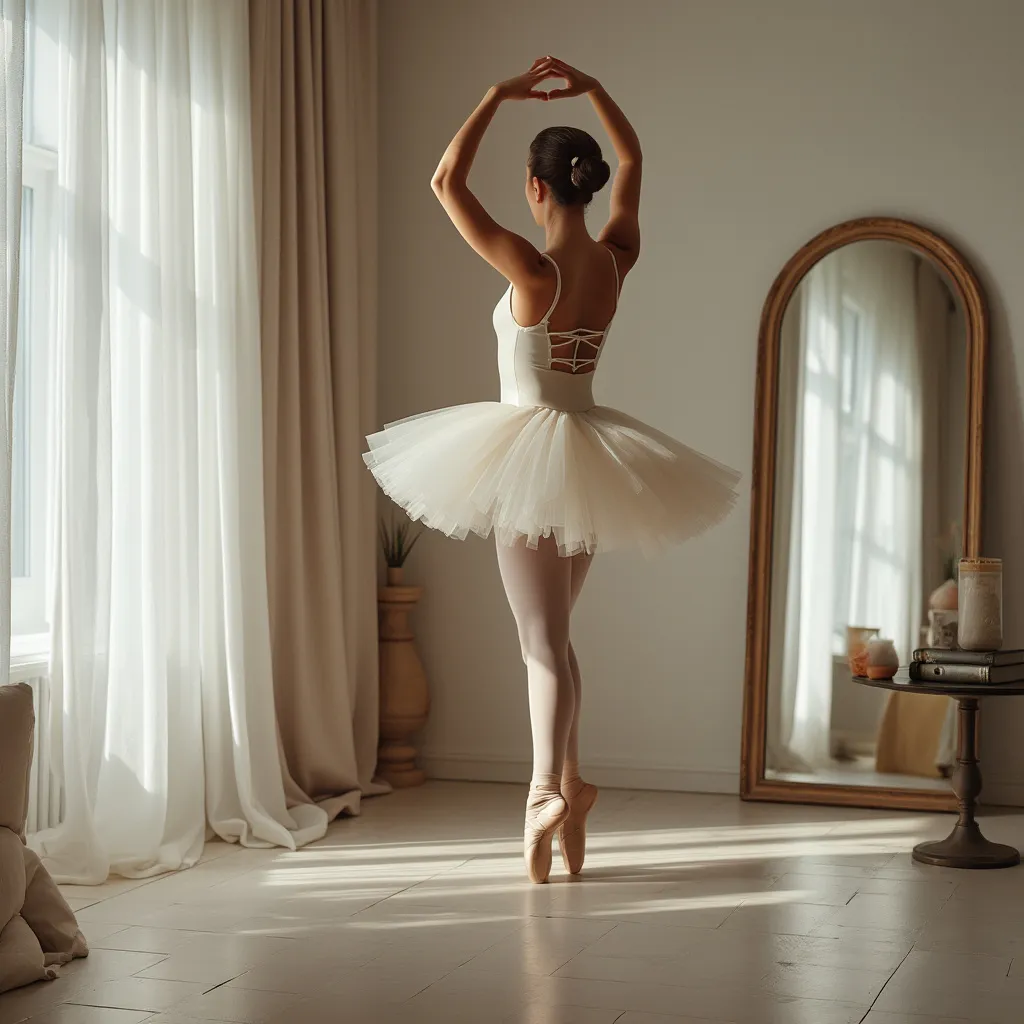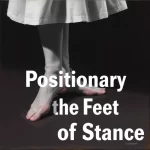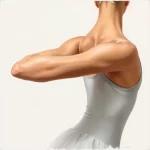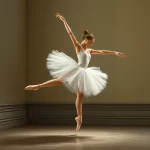Exploring Ballet Terms in Historical Context

Introduction
Ballet, a highly technical form of dance with its roots in the Italian Renaissance courts of the 15th century, has evolved into a globally celebrated art form. The language of ballet, predominantly French, is rich with terms that have been passed down through centuries. Understanding these terms not only enhances one’s appreciation of ballet but also provides insight into its historical context. This article delves into the origins and meanings of key ballet terms, tracing their evolution and significance in the world of dance.
The Origins of Ballet Terminology
Italian Beginnings
The earliest forms of ballet can be traced back to the Italian Renaissance courts, where it was known as “ballo” or “balleto.” These performances were elaborate spectacles that combined dance, music, and poetry. The term “ballet” itself is derived from the Italian word “ballare,” meaning “to dance.” As ballet gained popularity, it began to spread across Europe, particularly to France, where it would undergo significant transformation.
French Influence
When Catherine de’ Medici, an Italian noblewoman, married King Henry II of France, she brought with her a love for the arts, including ballet. This cultural exchange led to the establishment of ballet in the French court. Under the reign of Louis XIV, also known as the “Sun King,” ballet flourished. Louis XIV himself was an avid dancer and founded the Académie Royale de Danse in 1661. It was during this period that many of the ballet terms we use today were formalized in French.
Russian and Global Expansion
In the 19th and 20th centuries, ballet continued to evolve and spread globally, with significant contributions from Russian choreographers and dancers. The Russian Imperial Ballet, later known as the Mariinsky Ballet, became a leading institution in the world of ballet. As ballet spread to other countries, the French terminology remained the standard, ensuring a universal language for dancers worldwide.
Key Ballet Terms and Their Historical Context
Positions of the Feet
The five basic positions of the feet are fundamental to ballet technique. These positions were codified by Pierre Beauchamp, a prominent French choreographer, in the 17th century. They serve as the foundation for all ballet movements.
- First Position: Heels together, toes turned out.
- Second Position: Feet apart, toes turned out.
- Third Position: One foot in front of the other, with the heel of the front foot touching the arch of the back foot.
- Fourth Position: One foot in front of the other, separated by the length of one foot.
- Fifth Position: One foot in front of the other, with the heel of the front foot touching the toe of the back foot.
Plié
The term “plié” means “bent” in French and refers to the bending of the knees. There are two types of pliés: demi-plié (half bend) and grand plié (full bend). This movement is essential for building strength and flexibility in a dancer’s legs. Historically, the plié was used to prepare for jumps and turns, making it a crucial element in ballet training.
Arabesque
The arabesque is a position in which the dancer stands on one leg with the other leg extended behind them. The term “arabesque” is derived from the Arabic word for “ornament” or “decoration,” reflecting the intricate and graceful nature of the position. This term was adopted in the 19th century, during a period when Orientalism influenced European art and culture.
Pas de Deux
“Pas de deux” translates to “step of two” and refers to a dance duet performed by a male and female dancer. This term became prominent in the 19th century with the rise of Romantic ballet. The pas de deux typically includes an entrée (introduction), adagio (slow section), variations (individual solos), and coda (conclusion). It showcases the technical prowess and emotional connection between the dancers.
En Pointe
Dancing “en pointe” involves performing on the tips of the toes using specially designed shoes called pointe shoes. This technique became popular in the early 19th century, with ballerinas like Marie Taglioni pioneering its use. Dancing en pointe creates an ethereal, weightless effect, enhancing the illusion of floating or flying.
Pirouette
A pirouette is a turn on one leg, often executed with the other leg in passé (bent at the knee). The term “pirouette” means “whirl” or “spin” in French. This movement requires balance, strength, and precision. Historically, pirouettes were used to demonstrate a dancer’s technical skill and control.
The Evolution of Ballet Terms
From Court Dance to Professional Art Form
In its early days, ballet was primarily a form of court entertainment, performed by nobles and courtiers. As it evolved into a professional art form, the terminology became more standardized and codified. The establishment of ballet academies and schools played a crucial role in this process, ensuring that dancers received consistent training and instruction.
Influence of Choreographers and Dancers
Throughout history, influential choreographers and dancers have contributed to the development and refinement of ballet terminology. Figures like Marius Petipa, George Balanchine, and Rudolf Nureyev introduced new movements and techniques, expanding the ballet vocabulary. Their innovations continue to shape the way ballet is taught and performed today.
Globalization and Cross-Cultural Exchange
As ballet spread to different parts of the world, it absorbed elements from various cultures and dance traditions. This cross-cultural exchange enriched the art form and introduced new terms and concepts. For example, the incorporation of folk dance elements in Russian ballet added a unique flavor to the performances, while contemporary ballet has embraced modern dance techniques and terminology.
FAQ
What is the significance of French terminology in ballet?
French terminology is significant in ballet because it provides a universal language that dancers and instructors worldwide can understand. This standardization ensures consistency in training and performance, regardless of geographic location. The use of French terms also reflects the historical influence of the French court and ballet academies in shaping the art form.
How did ballet terminology evolve over time?
Ballet terminology evolved through the contributions of choreographers, dancers, and ballet masters who codified and refined the movements. The establishment of ballet academies and schools played a crucial role in standardizing the terminology. Additionally, cross-cultural exchanges and the globalization of ballet introduced new terms and concepts, enriching the ballet vocabulary.
Why are the five positions of the feet important in ballet?
The five positions of the feet are important because they serve as the foundation for all ballet movements. These positions help dancers achieve proper alignment, balance, and technique. Mastery of the five positions is essential for executing more complex steps and combinations in ballet.
What is the historical context of dancing en pointe?
Dancing en pointe became popular in the early 19th century, with ballerinas like Marie Taglioni pioneering its use. The technique creates an ethereal, weightless effect, enhancing the illusion of floating or flying. Pointe work requires strength, balance, and precision, making it a hallmark of classical ballet.
How has contemporary ballet influenced traditional ballet terminology?
Contemporary ballet has influenced traditional ballet terminology by incorporating modern dance techniques and concepts. This fusion has expanded the ballet vocabulary and introduced new movements and styles. Contemporary ballet often emphasizes fluidity, expressiveness, and innovation, challenging traditional boundaries and pushing the art form in new directions.
Conclusion
Exploring ballet terms in their historical context provides a deeper understanding of this elegant and intricate art form. From its Italian Renaissance origins to its French refinement and global expansion, ballet has evolved through centuries of cultural exchange and artistic innovation. The terminology, predominantly French, serves as a universal language that connects dancers and enthusiasts worldwide. By appreciating the historical significance of these terms, we can gain a greater appreciation for the beauty and complexity of ballet.





